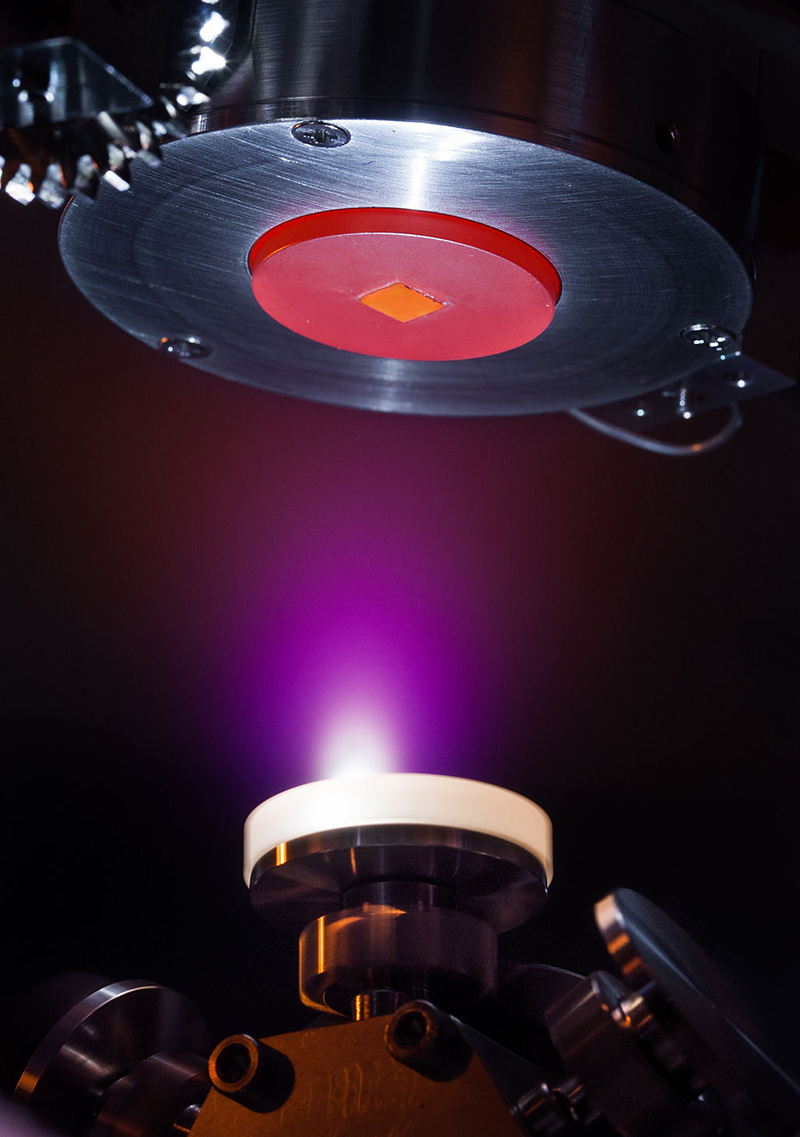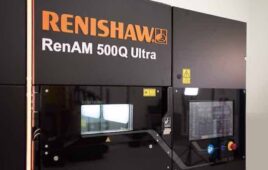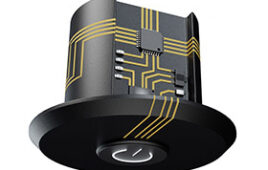Designing new materials for 3D printing projects is now much simpler, quicker and cost effective thanks to the Alchemite machine learning algorithm, developed by Intellegens, the Cambridge-based artificial intelligence (AI) company. In a research collaboration between several commercial partners and the Stone Group at the University of Cambridge, the Alchemite deep learning algorithm was used to design a new nickel-based alloy for direct laser deposition, without the need for expensive, speculative experiments – saving the team involved an estimated 15 years of research and in the region of $10m (USD) in R&D expenditure.
Using the power of the Intellegens’ Alchemite engine, which is designed to work with sparse or noisy data, the research partners at the Stone Group were able analyse existing materials information and identify a new nickel-base combustor alloy that could satisfy the performance targets needed for 3D printing a component for a jet engine application.
Direct laser deposition is used in a wide range of industries to produce and repair bespoke and high-value parts including, for example, aerospace engine components, turbine blades, and oil drilling tools. Quicker than conventional production techniques, direct laser deposition has the potential to save component manufacturers vast amounts of time and money. However, for this manufacturing method to reach its full potential, a new generation of materials is required that can accommodate the high temperature and stress gradients generated during the process.
The development of new materials, using conventional research techniques, remains a lengthy, expensive process that typically involves lots of trial and error – and designing new alloys for direct laser deposition is particularly challenging. To date, direct laser deposition has only been applied to around ten nickel-alloy compositions, which severely restricts the amount of data available to motivate further investigations.
Alchemite gave the alloy research team a way around this problem and a means of speeding up the overall material selection process. Capable of learning from data that is as little as 0.05 percent complete, Alchemite was able to link and cross reference the data available; verify the physical properties of potential new alloys; and accurately predict how they would function in real-life application scenarios.
Following the application of Alchemite, and the identification of the most suitable alloy option, the research team led by the Stone Group embarked on a round of experiments to confirm the new material’s physical properties. The characteristics that the team wanted the new alloy to possess spanned processability, cost, density, phase stability, creep resistance, oxidation, fatigue life, and resistance to thermal stresses. Results showed that the new alloy was better suited to direct laser deposition and the application in question than other commercial alloys available.
Gareth Conduit, Chief Technology Officer at Intellegens, and a Royal Society University Research Fellow at the University of Cambridge, said, “With deep learning capabilities that can pinpoint property-to-property relationships very quickly, Alchemite was uniquely positioned to assist with this project. Using machine learning, Alchemite enabled the team to use a large database of thermal resistance measurements to guide the extrapolation of just ten data entries of alloy processability. From that information we were able to shortlist material combinations that were most likely to deliver the right characteristics. The results speak for themselves. Thanks to Alchemite, the team now has a new alloy at its disposal and has saved vast amounts of time and money on R&D.”
Continuing, Gareth said, “Worldwide there are millions of materials available commercially that are characterised by hundreds of different properties. Using traditional techniques to explore the information we know about these materials, to come up with new substances, substrates and systems, is a painstaking process that can take months if not years. Learning the underlying correlations in existing materials data, to estimate missing properties, the Alchemite engine can quickly, efficiently and accurately propose new materials with target properties – speeding up the development process. The potential for this technology in the field of direct laser deposition and across the wider materials sector is huge – particularly in fields such as 3D printing, where new materials are needed to work with completely different production processes.”

Filed Under: 3D printing • additive • stereolithography, AI • machine learning, Rapid prototyping




